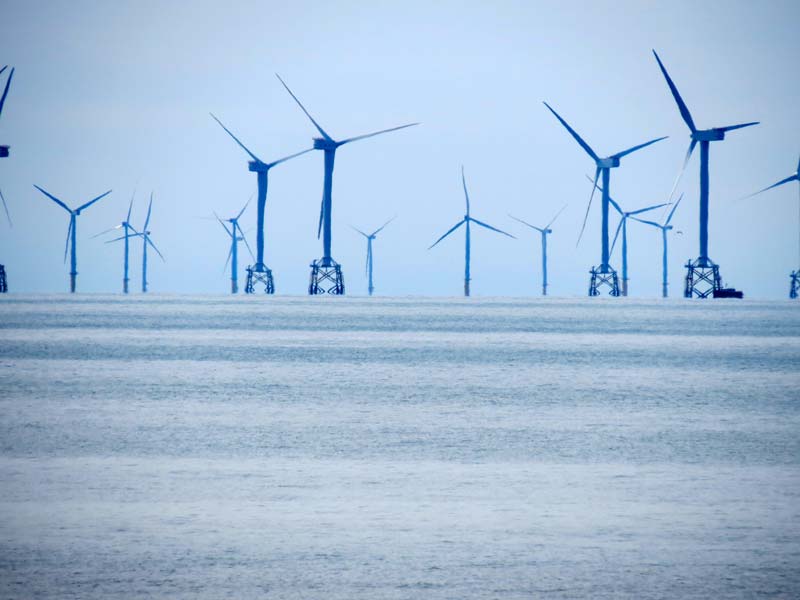The global demand for energy is projected to increase by 28% by 2040 because of economic expansion in countries that are driven by economic growth, according to the Energy Information Agency. Because of the rapid growth of the industry, digitalization of physical assets is becoming more predominant as equipment operators seek to use data to make more informed business decisions that drive new revenue streams, improve profit margins and reduce operating costs.
Offshore wind prices have dropped by as low as $0.132/kWh in States like Maryland, according to Utility Dive, meaning digitalization will be critical to cost-saving initiatives and life extension of field assets. If the United States wants to build an offshore wind industry, it needs to look to the European Union for guidance on how to successfully build an offshore network.
The EU went to offshore because of land-lock issues. Now the industry is booming with a record 3,148 MW of net additional installed capacity in 2017, according to WindEurope. This corresponds to 560 new offshore wind turbines across 17 wind farms. There were 14 projects fully completed and connected to the grid, including the first floating offshore wind farm. Europe now has a total installed offshore wind capacity of 15,780 MW.
Offshore wind projects offer numerous benefits, including greater wind production and higher capacity factors. Offshore wind farms also face unique and complex challenges due to the complexity of the systems, the harsh wind environments and their location in the water. As a result, offshore wind projects have much higher installation and construction costs, because of the larger structures and blades, requiring greater upfront investments – about $8,000-$13000 per kilowatt, according to Institute for Energy Research. And while new offshore wind turbine fleets are designed for the extreme weather conditions, the long term 20-year fatigue performance of the components and subsystems are still unproven with emerging issues still being identified.
The hostile environment of the ocean and the complexity of routine maintenance results in the need for software and digitalization to remotely monitor the health of the assets through data collection. Add to that physics-based modeling and materials science and a clearer understanding of maintenance and replacement schedules can be developed to prevent unplanned outages.
Sentient Science‘s experience working with onshore wind operators for the past five years has facilitated the data collection of failure rates experienced in the field verses the system reliability analysis completed during design and physical testing phases.
Sentient’s software DigitalClone® has calculated a difference in life from physical test rig results to actual performance in the field by approximately 68%. Consequently, several offshore wind turbine manufacturers have used DigitalClone’s materials science-based software to computationally test their designs under real operating conditions to get a clearer understanding of how their designs will perform in field operation. The end result is more reliable offshore WTG designs, and the right design configuration for the harsh operating conditions of offshore wind projects.
Once a turbine is in operation, when properly implemented, digitalization of the physical asset proves to enable intelligent responses to the events experienced in the field, which enables long-term prognostics and life extension actions that reduce costs and improve reliability.
The ability to predict which components and subcomponents are susceptible to future damage is critical for the success of the offshore wind industry. Digitalization efforts are often focused on key components, such as the gearbox and main bearings, providing cost effective life extension options. Optimization in the planning of field service trips are necessary to keep costs down and assets from unplanned downtime.
Digitalization holds great promise in both helping fight against the emission of greenhouse gases and developing a sustainable technique for producing reliable renewable energy. Having a digital platform makes it possible for companies to actively track performance of their global turbine fleets in order to achieve investment objectives. Previously, the tracking of asset performance was a manual job function, expending unnecessary time and money. Now, with the click of a button, asset managers can assess damage states, and review various Asset Actions, including life impact plus pricing and reliability options.
###
This article was written by Grace Wilson. Grace is an advertising & marketing major at Michigan State University and is interning at Sentient Science for the Summer of 2018.
